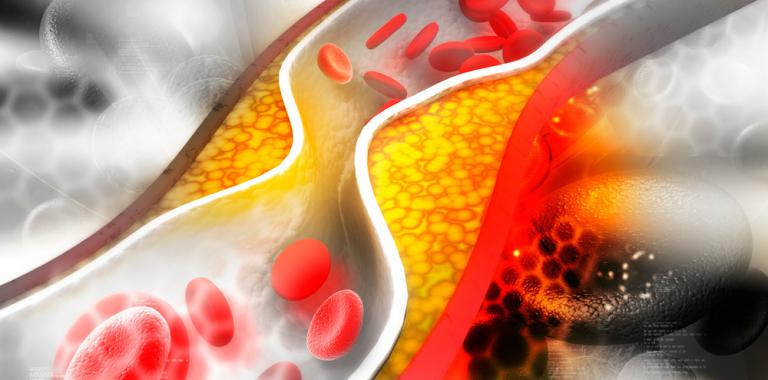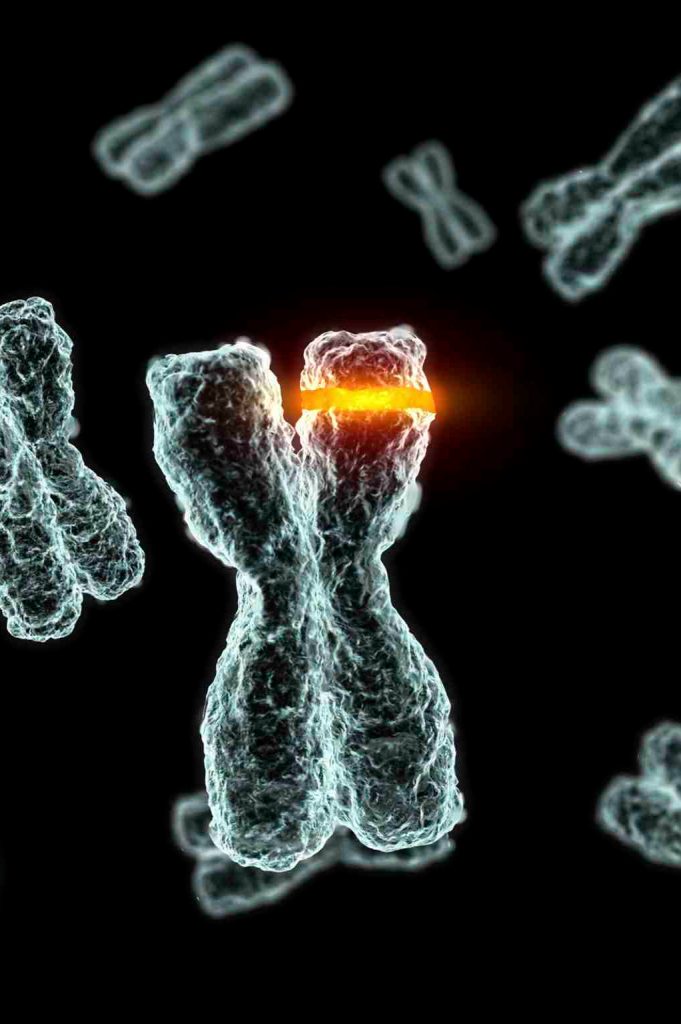red INITIATIVE
Visual and Light Pollution,
AGEING AND QUALITY OF LIFE
- Researching ways to stop and reverse ageing, providing better and healthier lives
- Night Sky preservation efforts (formerly the Light Initiative)
- Reducing visual pollution (powerlines, industrial visual pollution, cellphone towers, etc.)
About two-thirds of all humans will die of ageing. Death is a paradigm of human society, something that we expect to have inevitably, something we don’t fight, and something we take for granted.

AS A GENERAL RULE, THE HUMAN POPULATION WORLDWIDE TREATS THE SUBJECT AS TABOO. MEDICAL COMMUNITIES WERE, UP TO VERY RECENTLY, STIGMATIZED WHEN RESEARCHING AGE-RELATED DISEASES.
In our planet, some lifeforms don’t exhibit aging behavior. Bacteria, perennial plants, and some simple animals are potentially biologically immortal, which is not the case with complex organisms such as mammals or humans. In a more specific sense, ageing refers to single cells within a complex organism which have ceased dividing and have aged (cellular senescence).
IN HUMANS, AGEING REPRESENTS THE ACCUMULATION OF CHANGES IN THE BODY OVER TIME AND CAN ENCOMPASS PHYSICAL, PSYCHOLOGICAL, AND SOCIAL CHANGES. REACTION TIME, FOR EXAMPLE, MAY SLOW WITH AGE, WHILE KNOWLEDGE OF WORLD EVENTS AND WISDOM MAY EXPAND. AGEING IS AMONG THE GREATEST KNOWN RISK FACTOR FOR MOST HUMAN DISEASES; OF THE ROUGHLY 150,000 PEOPLE WHO DIE EACH DAY ACROSS THE GLOBE, ABOUT TWO-THIRDS DIE FROM AGE-RELATED CAUSES.
The Causes of Ageing
THE RED INITIATIVE DEALS WITH PROBLEMS THAT REDUCE HUMAN QUALITY OF LIFE. EFFORTS WITHIN THIS INITIATIVE ARE RELATED TO:
- 1. Cell atrophy
- 2. Proliferation of unwanted cells
- 3. Protein cross-links
- 4. Accumulation of “junk” outside of cells
- 5. Accumulation of “junk” inside of cells
- 6. Mitochondrial mutations
- 7. Chromosomal mutations
These seven interconnected parts have remained unchanged since the early 1980s, implying that there is little yet to be discovered in this area. We can be confident that these major causes are all there is to ageing. Each of these kinds of damage make our bodies frail and contribute to the rising frailty and ill-health which appears in our sixth decade of life and accelerates thereafter.
When our metabolism works, we produce proteins that are needed for the body, which allows efficient cell division and synthetization of hormones or metabolites needed for organ function. Our cells will also produce waste products that need to be disposed of. As with all metabolic phenomena, these “cell waste” management processes will function well at the beginning of life and will weaken over time.
The concept of extracellular waste (highlighted in 1907 by Aloïs Alzheimer) states that proteins accumulate outside the neurons, preventing their connection with other surrounding cells and causing their death (Alzheimer’s Disease). The concept of intracellular waste was discovered by Strehler in 1959. According to him, the aging process has four characteristics:
- IT IS DESTRUCTIVE
- IT IS PROGRESSIVE
- IT IS INTRINSIC
- IT IS UNIVERSAL
Cellular waste, in addition to accumulating between cells, can also be stored within cells, when the “garbage truck” machinery jams. This is precisely what happens in macular degeneration or atherosclerosis.


Scientist have distinguished two types of mutations according to the target affected: nuclear mutations (Szilard, 1959 and Cutler, 1982) and mitochondrial mutations (Harman, 1972).
A genetic mutation is when our information, stored in the form of DNA, is transformed by various mechanisms. Nuclear mutations, those affecting the DNA present in our nucleus and coding for almost all the proteins in our body, are the ones we know best because they are common to many pathologies.
Mutations are hereditary; however, de novo mutations relate to the cell division mechanism mutations. They must copy all their DNA to transmit it to their daughter cells, and during this mechanism, errors can appear.

Most often, cells carrying serious mutations will commit suicide through programmed cell death (apoptosis), but sometimes they escape this mechanism and survive, dividing in turn and giving daughter cells carrying the mutation. Mutations may appear in mitochondrial DNA.
Mitochondria are somewhat special cellular organelles that provide us with energy (the well-known ATP and NAD). They allow cellular respiration and the synthesis of unfortunate oxidants. They are involved in central mechanisms, such as cell death or growth.
Ancestral fusion between our cells and a bacterium had the evolutionary utility that human cells had: its own independent DNA, fully independent of nuclear DNA, which codes for 13 proteins necessary for it to function.
Mutations affecting this DNA are mostly known for mitochondrial diseases, multifaceted pathologies, but, by the same process as for nuclear DNA, mutations can appear de novo.
The accumulation of damage, such as DNA oxidation, causes biological systems to fail. The programmed ageing concept, whereby internal processes such as DNA methylation, may cause ageing as well. Programmed ageing should not be confused with programmed cell death (apoptosis).


The specific metabolic processes that are ultimately responsible for causing aging are still only partially understood. We don’t need to answer the many open questions about the causes of structural decay in order to develop effective therapies to reverse it.
No matter what caused a given unit of damage in the first place, the same regenerative therapeutics can be used to repair it. In other words, it doesn’t matter how a given microscopic lesion occurred if we apply rejuvenation biotechnologies that restore the machinery of life to proper working order.
Scientists now understand how to fix this damage. For each major class of aging damage, a strategy for its removal or repair either already exists in prototype form or is foreseeable from existing scientific developments. Even after we have used these new therapies to repair an aging tissue, metabolic processes will continue to cause new damage.
This simply means that rejuvenation biotechnologies are not a one-off fix but will need to be periodically repeated to preserve youthful function. Just as cars need regular rounds of oil changes and spark plug replacements to keep them running smoothly, humans will need to go into rejuvenation clinics to keep up with their regenerative treatments to continue postponing age-related diseases.
The Local Solar System Foundation is closely following developments on anti-aging and rejuvenation technologies worldwide and is doing its own research on some of these subjects.
